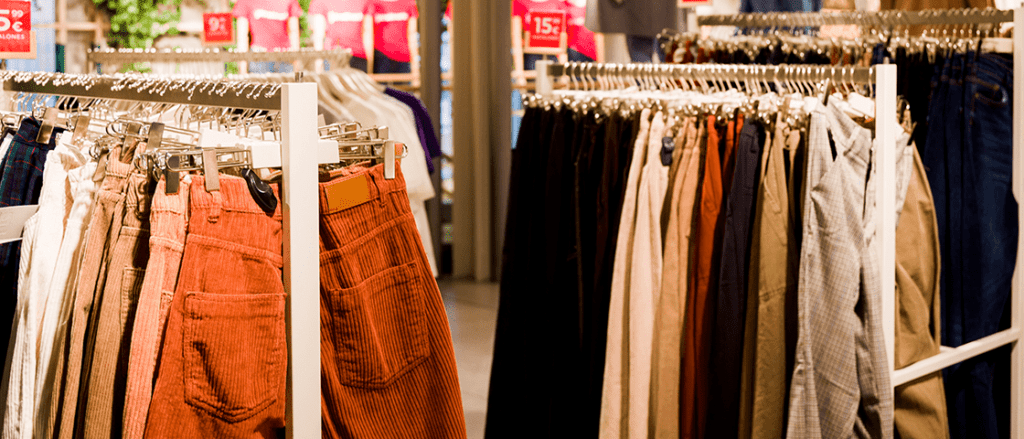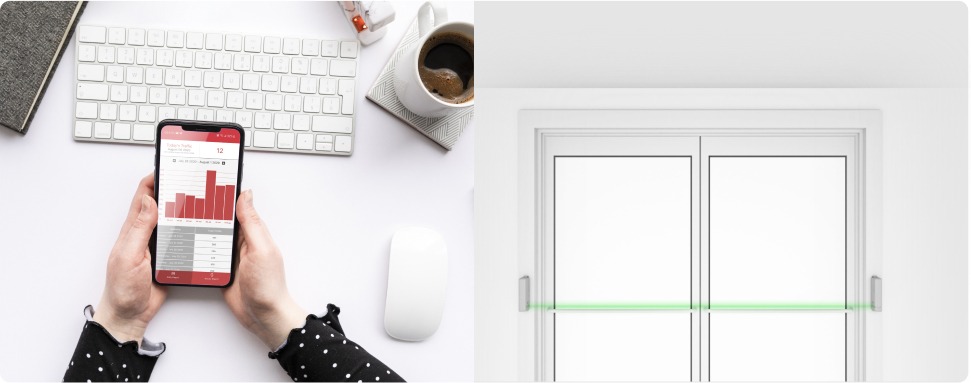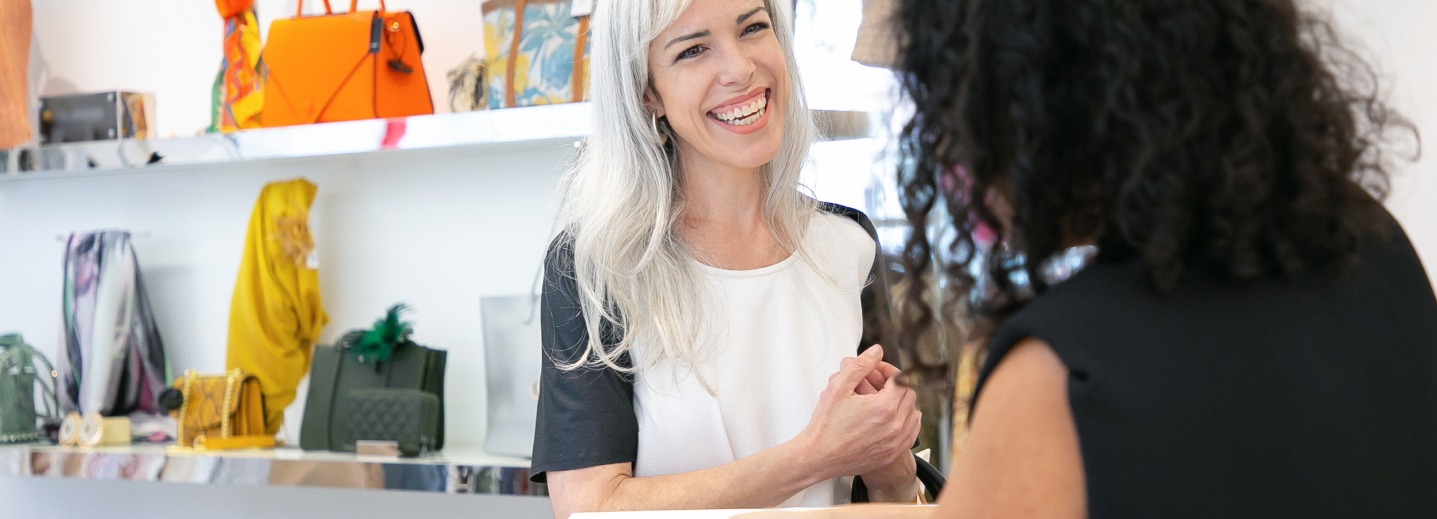Opening a clothing store, or any store for that matter might be your goal or your dream and it is certainly an attainable one with the right execution.
Knowing how to do it and how to approach the situation is important as you set out your retail marketing strategy. Knowing how to open the store and actually setting it up for business is wonderful but unless you involve a degree of retail marketing and promotion, your business simply won’t prosper.
Starting a Retail Business – What You Need to Know
Without stating the obvious, it will certainly help if you are grounded with an interest and passion in fashion before setting out on your quest to grow a retail following. A local knowledge of the geographical area you plan on setting up in is also an advantage because you will have an indication naturally of where the best footfall lies and also if the area has the target demographic that you planning on aiming to.
While there is no denying that the clothing store niche (even omitting online) is heavily populated, that does not mean that there isn’t room for your offering. Your offering does however need to have something to set it apart from the rest or have the ability to offer something unique to the buying public; this would be finding your competitive advantage.
According to industry analysts, profit margins for retail clothes are usually within a range of 4 percent to 13 percent. Profit margin is your item’s sale price minus the cost you paid for it. For example, if you sell a dress for $100, and the total cost to you was $70, the profit is $100 minus $70, or $30. The profit margin is $30 divided by $100, or 30 percent.
Steps to Starting a Clothing Retail Business
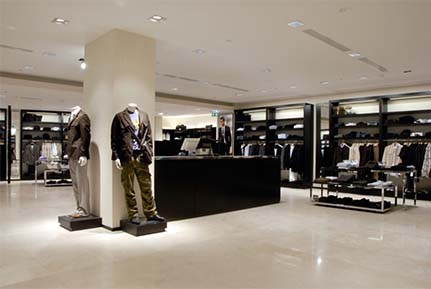
1. Gain Retail Experience
While many might think this is a step backwards, it actually is a really important stepping stone towards understanding not just how to open clothing store but making it work. By getting experience in someone else’s store first, you will learn how they operate, you will learn from their mistakes and you will get a feel for what the market wants and what works for the market. Getting relevant experience may take a number of years but any experience is invaluable in building your knowledge base.
2. Think Niche
If you have made your decision to venture into the clothing retail space, it is also a good idea to choose an area of specialization. That way you can offer yourself up to your customers as the go-to location for your chosen field. So perhaps you feel that wedding fashion is your main expertise or you think that there is an opening for a children’s clothing outlet or whatever your choice is. The main thing to remember is to choose a specialization for which there actually is demand and then for you to become a true expert in that area. Read as much as you can about your chosen specialization; find the best suppliers; work with the best designers. All that will take research so invest a lot of time in this area because if you get your specialist area wrong your retail venture will not survive but if you chose correctly, your business will thrive and scale.
3. Develop a Business Plan
A business plan needs to be drawn up to help you to get funding should you need it among other reasons explained below. A good business plan also serves as a strategy to drive the business forward. It is a written description of the aspired future of your business. If you’re new to writing business plans, here’s a good place to begin but below are the basics that you need to know:
Why you need to develop a business plan:
-
-
To support a loan application
-
-
-
Raise equity funding
-
-
-
To define objectives and plan on how to achieve those objectives
-
-
-
To define the new business
-
-
-
Define agreements between partners
-
-
-
Set a value on a business for legal purposes
-
Basic elements of a business plan:
-
Executive Summary-featuring highlights of the business plan where you sell your idea in two pages or less.
-
Company Summary-a description of your company, ownership, and history.
-
Products (or Services or both)-description of your products and/or services and how they stand out from others.
-
Market Analysis-providing a summary of your target market, competitive landscape, market size, and expected market growth.
-
Strategy and Implementation-a description of how you plan on selling your product, how you will put your plan into action etc.
-
Management Summary-gives a background on the management team, their market experience, qualifications and key accomplishments.
-
Financial Plan-key financial indicators such as sales, cash flow, and profits.
4. Choosing a Location
This is obviously a hugely important factor and could contribute vastly to how successful your store becomes. Knowing how to open a retail store and knowing where to locate it need to go hand in hand but there are a few important factors to this. The first is local knowledge; you need to keep this in mind in terms of your specialization. Look at the other stores in the area, if for example there are a huge amount of auto stores and hardware outlets it might not be the best location for a bridal store. Even if you think it is wrong to locate close to a competitor, look at it as an opportunity to provide better stock for your customers than your competitor. Secondly, you need to choose a location that has good footfall. Local knowledge again here is an advantage; for example if you know a location has a number of fashion stores but many have failed there in the past, don’t locate yourself there because those previous businesses who failed one after the other will become you if you choose to also locate there. Many clothing outlets that offer great stock fail simply because they chose the wrong location so choose wisely and think strategically. In terms of the actual building itself and especially for a clothing business, there must be ample floor space to display and store your products and ideally there should be some parking space for shoppers.
5. Planning Your Store Layout
A really comprehensive guide on best practice in terms of store layout which is worth reading is here but we have set out some of the main points below for you to keep in mind when you’ve found your ideal unit and are moving to the layout stage.
-
Decide on a reliable point of sale (POS) system. Choose one that is well supported by the operators and who provide comprehensive training.
-
Choose a floor plan; there are a number to choose from but in general for a smaller store, the ‘straight floor plan’ is a good option (see more on this in the link above).
-
Decide on your size and placement of aisles but ensure to have your aisles at least 4 ft wide and easy to walk through without obstructions; this will help to keep traffic flowing.
6. Source Quality Stock & Develop Supplier Relationships
No matter how good your location is and how large your funding is, if you don’t have good stock, you won’t scale or even turn a profit. It’s also important to not put all of your eggs in one basket i.e. rely on just one supplier for all your stock. This is important for a number of reasons: one is that they may leave you down in terms of delivery or go out of business and second is that it’s good to have variety and to regularly change your stock offering. Source several different clothing lines that will appeal to your local demographic and make sure that the sources are reliable. Another option is to research and network with local fashion designers who may not have yet made it big; as a result they may have favourable rates for buying and also people will like supporting their own so it might be a good way (if the designer has good stock obviously) to drive custom also.
7. Hire Reliable Staff
While this might seem like an obvious thing to suggest, it is sometimes overlooked by store owners. When you start a business, you have so many things to worry about, most of them finance related, that the quality of staff might not be to the forefront of your mind. However this is a crucial point not to miss. Good staff, especially in a retail environment is an essential to its success. Of course, you also need to have good stock but a good store assistant will be customer focused and will encourage (and not push) customers to buy more. They need to be reliable in terms of attendance and punctuality (ask for references), presentable (especially in a fashion store environment – might be an idea to assign a uniform) and polite, helpful and friendly with customers. This type of staff will delight customers but you need to train them in the way you want them to work and don’t assume they know or understand your policies. Hire staff ahead of time so you have sufficient training time to verse them on products, pricing and in store equipment and other policies. The effort you put into this stage of the process will be rewarded with knowledgeable staff.
8. Announce Your Arrival
Put in place a plan to bombard everywhere locally or relevant about your store opening. Ask suppliers to publicize your opening date on their social media channels should they have them; ask friends and family too. Get in touch with a graphic designer to get some nice graphics done that you can share with people to help spread the word. If there is a local newspaper with influence, take out some advertising with them. Organize an official opening day and try to invite a local influencer and ask them to post about it on their social channels too. Introduce yourself to your neighbours in the street and ask them for their support and reciprocate obviously.
9. Keep on Top of Trends
In fashion especially, trends change regularly so ensure that you keep abreast of these changes by following relevant influencers on social media channels like Snapchat, Instagram etc. Be wary of passing fads of course but always be open to introducing new styles to your customers. Try to build up a loyal client base and keep them in mind when sourcing your stock. Ask for feedback from customers about what they like to see. Try posting styles you like on your own social channels and see what reaction you get.
10. Retail Analytics & Opening Your Store
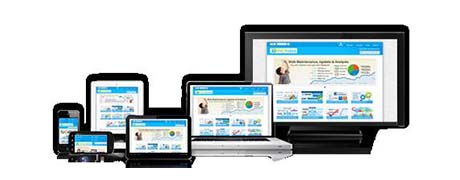
Like anything, without data and analysis you are very much in the dark. In retail you need to understand how your customers behave when they set foot inside your store. To do this you can employ the services of a people counting solution supplier. People counting software is highly valuable because it can tell you where people are moving to around the store; this will allow you to understand the best places to position your displays for more effective selling. These retail analytics will also assist you in terms of staffing because you will have the ability to know with certainty the times when customer service/staffing needs to be heightened. These solutions come in various different guises in terms of the technology and there are different levels also to suit most budgets.


